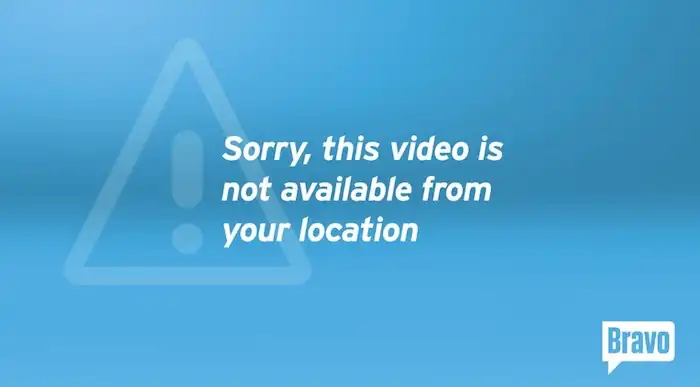Why Customer Care Feels Broken in Canada
Long hold times, endless chatbots, and “we’ll get back to you” emails—sound familiar? In 2025, Canadians rank customer care among their top three frustrations with telecom and streaming companies. Whether it’s billing errors, buffering services, or surprise fees, the real problem isn’t technology—it’s accountability.

Most providers outsource support or rely on AI chat systems that fail to solve specific issues. For streaming and IPTV customers, this means delayed activations, lost login credentials, or refunds that never arrive. The good news: Canadian regulations and smart consumer tactics now make it easier than ever to get real results—if you know how to push back effectively.
The State of Customer Care in 2025
- Average wait time: 27 minutes on phone for major telecoms.
- Chatbot accuracy: Only 48 % resolve issues without human escalation.
- Customer trust index: Down 12 % from 2022, mostly due to poor refund handling.
These numbers, reported by the Commission for Complaints for Telecom-television Services (CCTS), highlight a worsening trend. Yet, independent IPTV and digital-only providers often outperform traditional companies in responsiveness—because they rely on leaner teams and direct chat systems instead of phone trees.
Common Customer Care Failures (and Fixes)
1) Endless Call Transfers
Departments bounce customers between billing, tech, and loyalty with no resolution. The fix: always note the agent’s name, date, and case number. Request escalation directly to a supervisor after the second transfer.
2) Ignored Refund or Credit Requests
When a refund stalls beyond 10 business days, quote the Television Service Provider Code enforced by the CRTC—it requires timely billing corrections. Filing a complaint through the CCTS often speeds up responses dramatically.
3) Scripted Responses on Chat
Chatbots often fail to understand contextual problems, like app bugs or subscription sync issues. Ask for “human agent only.” By law, companies must provide a live representative when automated systems can’t resolve your issue.

4) Language Barriers or Poor Training
Offshore call centers can misinterpret requests. Ask for a Canadian-based agent or bilingual support if available. Many firms must provide language-appropriate assistance under accessibility standards.
5) Missing Follow-ups or Promised Calls
When an agent promises to call back but doesn’t, reply via email so you have a written record. Documentation is key when escalating to regulatory bodies or your bank.
How to Reach Real Help Faster
- Use social channels: Public posts on X (Twitter) or Facebook often get faster responses than phone queues.
- Leverage time zones: Call early morning EST to catch Canadian agents before global routing begins.
- Document everything: Names, times, and screenshots matter when filing complaints.
- Stay calm but firm: Polite persistence works better than anger—especially with front-line staff.
What Good Customer Care Looks Like
Excellent customer care is proactive, not reactive. The best companies don’t just solve issues—they prevent them. They keep customers informed with transparent billing, 24/7 chat, and quick tech diagnostics. IPTV services like streamiptv.ca illustrate this model, offering real-time activation help and direct messaging instead of labyrinthine menus.
Customer Care Comparison (2025 Averages)
| Provider Type | Avg Response Time | Resolution Rate | Customer Satisfaction |
|---|---|---|---|
| Legacy Cable/Satellite | 35 min (phone) | 58 % | 2.9 / 5 |
| Major ISP Streaming Bundle | 20 min (chat) | 64 % | 3.2 / 5 |
| Independent IPTV Platform | 5 min (live chat) | 88 % | 4.6 / 5 |
Legal Tools Every Canadian Should Know
- CRTC Television Service Provider Code: Mandates clear contracts, transparent billing, and timely responses.
- CCTS Complaint Process: Free, impartial dispute resolution for telecom and TV issues.
- Consumer Protection Acts (provincial): Allow refunds for misrepresented services or undisclosed fees.

Escalation Path That Actually Works
- Contact frontline support first (phone or chat).
- Request a supervisor after two failed attempts.
- Ask for a case ID and follow up in writing (email or portal).
- File a CCTS complaint with documentation (official form).
- If unresolved, escalate to your province’s Consumer Protection Office.
Tips for Polite but Powerful Complaints
- Start with facts, not feelings. List exact dates and outcomes.
- Use subject lines like “Formal Complaint – Case #12345.”
- Request specific action: refund, credit, or technical fix by date.
- Thank the agent by name—it helps future follow-ups.
Conclusion
Canadian consumers deserve better customer care. While big telecoms still struggle, independent digital services prove it can be done right: fast, human, and transparent. Keep documentation, know your rights, and never accept “nothing we can do.” With persistence and the right escalation path, you can finally turn poor service into real results.
FAQ
Why is customer care so poor in Canada?
Large telecoms and streaming giants often outsource or automate support to cut costs, leading to long waits and scripted replies. Smaller providers typically offer more personal, responsive service.
How can I reach a human faster?
Use social-media support, early-morning calls, or request escalation immediately after two failed attempts. Always note the agent’s name and case ID.
What rights protect Canadian consumers?
The CRTC’s Television Service Provider Code and CCTS complaint process guarantee fair billing and timely responses. Provincial consumer laws add extra refund protection.
Can I complain if my issue isn’t about billing?
Yes. CCTS handles technical failures, service delays, and poor communication too. Document evidence and file a case online—it’s free and binding on the provider.
Are IPTV companies required to provide customer care?
Yes. All licensed providers must offer clear contact methods and timely technical support. Platforms like streamiptv.ca prioritize live chat and instant activation help to stay compliant.
What’s the best way to escalate a complaint?
Gather written records, file through the company first, then submit to the CCTS if no action within 30 days. Include case numbers and screenshots to speed the investigation.







Comments (0)